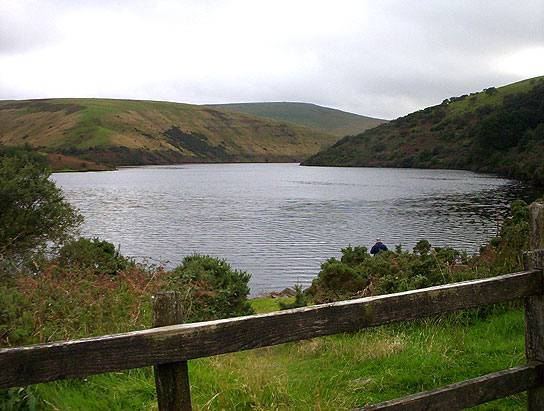
I parked near the reservoir and had a walk around, passing under the viaduct, and I photographed some holes that looked like old workings. None of the hole pictures came out very well. In the virtual tour (below), an old engine driver reminisces that winds on the viaduct used to be felt on the trains, so cyclists should take warning.
There is a virtual tour of the valley at Virtual Tours.
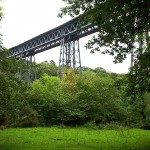
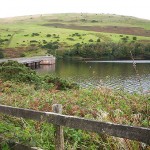
Category: Uncategorized
Western Heights, Dover, Kent
These Napoleonic fortifications are on the cliff-top a mile from the Castle. Much of the fort is not open, but there is a path along part of the fortifications. There is a short interpretation trail around St Martin¹s Battery, and a longer (1 mile) trail around the former Grand Shaft Barracks. The Grand Shaft is open only on a limited basis.
The area can be awkward to find – look for a car park and stop to examine the signage. It can make an interesting walk.
De Grey Mausoleum, Beds.
English Heritage.
Attached to a small church in a not very interesting village is a remarkable mausoleum, housing a sequence of 17 sculpted and effigies monuments, spanning nearly three centuries (1615-1899), to the De Grey family of Wrest Park.
These are well worth seeing, but your visit requires a bit of preparation. The mausoleum is kept locked, with a keyholder in the village. You might imagine that the keyholder’s house would be next to the church, but it wasn’t – it was a car drive away at the other end of the village. You are advised to phone the keyholder in advance (when I went to the house I’m almost sure the keyholder was expecting someone else 🙂 ) There is an audio tour (not available on site) which you can download. The lock on the mausoleum gate was awkward, but will open if you twist and pull in the right order.
Woburn Safari Park, Beds.
The main attraction is a drive-through, which takes you through several areas of parkland in which large animals roam. Here are areas with herbivores, including giraffes and elephants, carrnivores and monkeys. There is also an on-foot area, with restaurants etc, and displays of smaller and more child-friendly animals.
I took my elderly mother here in 2008 and remember herds of grass-eaters of various species on
the wide grasslands, a large and obviously male elephant, a wood with various species of monkey monkeying about, and a lot of lazy-looking lions and tigers lying about in groups. It took over an hour to drive through all the enclosures.
The tickets are quite expensive, but unless wild animals really bore you, you should find that it’s worth the investment. Season tickets and discounts are available.
Be aware that convertible cars are not permitted in the carnivore enclosure 🙂 and that in the monkey enclosure, monkeys may damage parts of your car. You can drive around the enclosures loop as often as you like.
Lundy Island, Devon
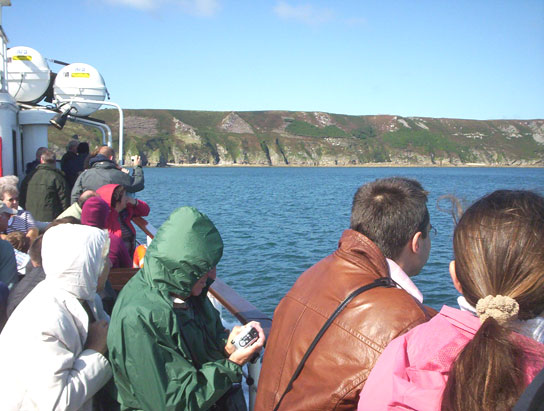
National Trust & Landmark Trust.
The car-free island encompasses a small village with an inn and Victorian church, and the 13th-century Marisco Castle. For nature-lovers there is a variety of flora and fauna. The waters around Lundy were designated the first Marine Conservation Area, and offer opportunities for diving and seal watching. Lundy is financed, administered and maintained by the Landmark Trust. There are cottages to rent, and also a campsite.
Access is normally by Lundy’s own ship, the MS Oldenburg. Sailings are from Bideford or Ilfracombe. It is possible to go for a day trip, which gives one about four hours ashore, enough time for an active person to visit the village and other locations on the half of the island nearer the landing pier. If you stay for a week, various away-from-it all experiences are possible, including doing as little as possible :-).
I went for a day trip, and got to the island on the second attempt, the first attempt being cancelled at short notice because of rough sea conditions. On the voyage, the sea was fairly calm, and the whole day was sunny. I visited the village, the pub, the church, the converted castle (now holiday lets), and various points of interest including the lighthouse in the middle of the island. There are some old ruins, the relics of granite mining on Lundy (a topic you can look up if you are interested.) The voyage itself is quite enjoyable on a fine day with good visibility, as various landmarks and ships slowly move in and out of view. As we approached, Lundy got bigger ahead of the ship quite suddenly.
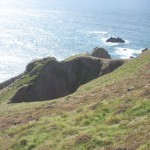
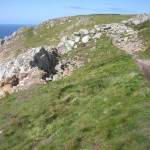
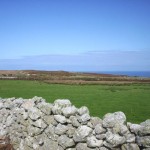
RNAS Culdrose, Cornwall
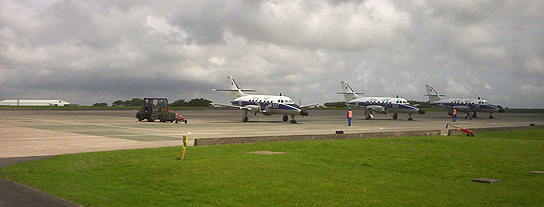
It’s wise to arrive in good time for the tour so that you can get signed up in time for departure. The high point of the tour I went on was going inside a huge hangar where helicopters were being maintained. It was all really interesting.
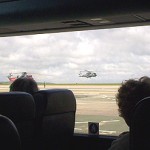
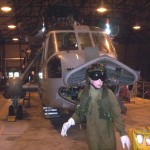
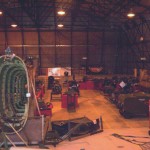

Minack Theatre, Porthcurno, Cornwall
This is an unusual theatre, being an open-air theatre on a cliff-side site overlooking the sea. I went to a play there in 2007, and found that I could hear and see perfectly well. Stone bench seating is provided as-is, and a ticket doesn’t allocate you to a seat as in a conventional theatre. You are advised to take something to sit on, and suitable clothing in case of light rain, and arrive early if you want a decent seating position. Ticket prices are quite low, compared with my local theatre.
As for the programme, they generally offer popular fare. If you are staying in the area, and the weather isn’t nasty, it would make an unusual night out. There is an on-site café. Note that the site can be visited during the day, on payment of an entrance charge (and if you want a look now, check the website’s web-cams!)
Buckfast Abbey, Devon
While the abbey site is ancient, the abbey church is a modern construction, erected by a community of Benedictine monks to the greater glory of God. The monks live at the abbey in a Catholic community.
Visitors are encouraged to visit the church, and also the shop and other visitor facilities.
The church is worth visiting, as it is a reconstruction in Cistercian-Norman style on the original site plan.
American Cemetery, Cambs.
The site, 30 acres in total, was donated by the University of Cambridge. Arcs of white headstones mark the graves of 3,812 American war dead from the Battle of the Atlantic and the strategic air campaign over Europe. A great wall with tablets engraved with the names of the missing commemorates a further 5,127. A lofty memorial chapel has two huge maps, stained-glass windows, and a mosaic ceiling memorial.
There is also a Visitor Building where a staff member can answer questions and escort relatives to grave and memorial locations.
I took my aged mother here for a visit in 2007; she had probably visited it previously with my dad. It’s a sombre place, which you might want to visit if you want to reflect on how many Americans died in WWII fighting from British bases. The American air campaign was founded on the flawed strategy of conducting daylight precision raids without fighter escort, and they suffered huge losses.
York Minster
Or, in plainer English, York Cathedral.
One of the great cathedrals of Europe; a fabulous medaeval Gothic building. Even if you are not particularly interested in architecture or religion, don’t miss this if you are in the area. You’ll be impressed by this soaring creation of intricately carved stone. It shows what our ancestors thought was worth spending effort and money on – while the peasants lived in fetid huts, God and his servants got to use a building like this. And yes it has its own website: York Minster.
